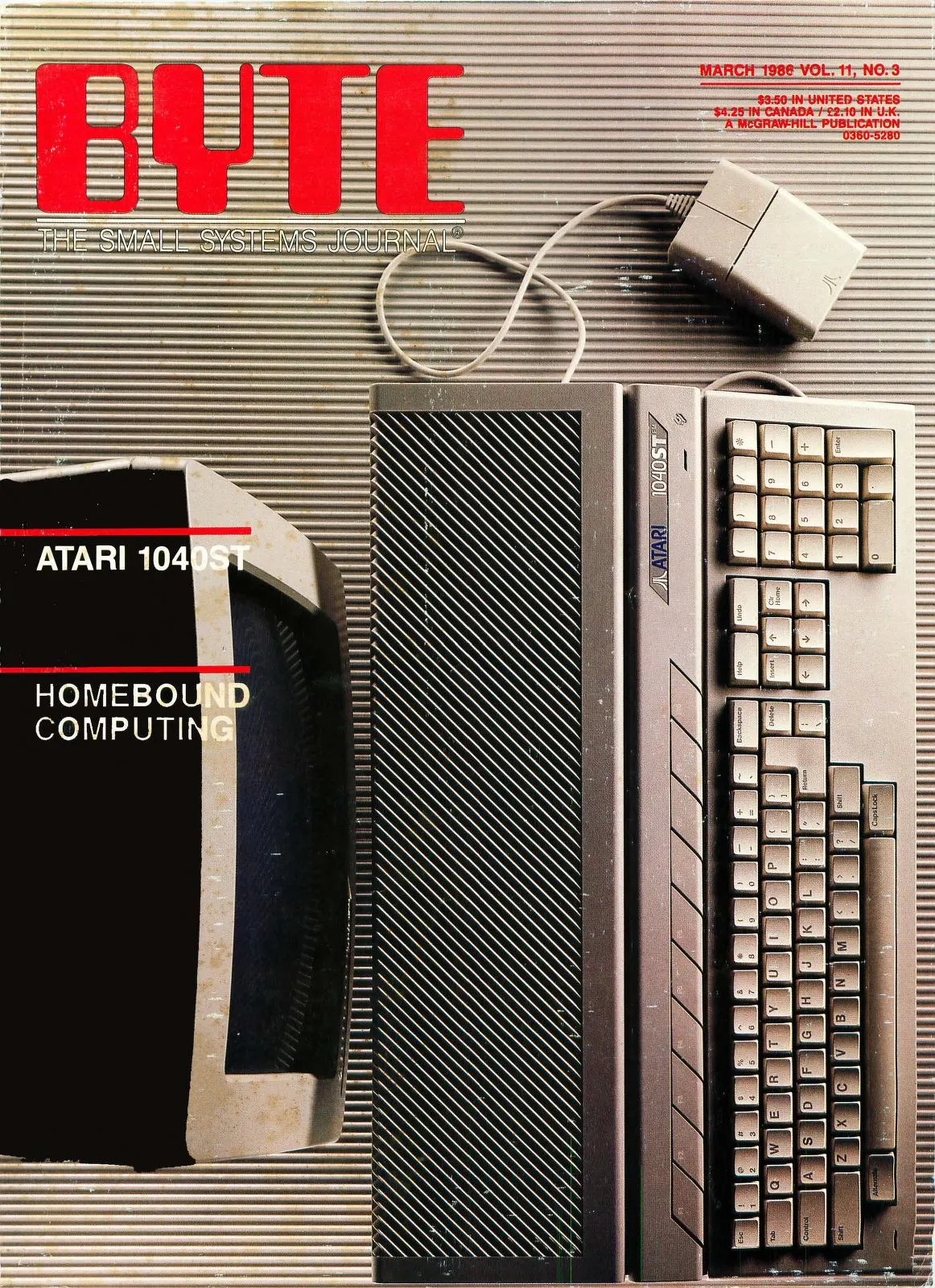RidderDansk
Member
I agree with everything you wrote. And beautiful description of the model railroad hobby and specifically Trainz. And yes, it is very sad that the complexity of Trainz may be causing the loss of users. I first discovered Trainz back in 2009, and I struggled with it for a couple of years. I had the advantage of my software background and was able to pick up a lot of things intuitively. But I struggle with things artistic. But your essay is spot-on! Trainz is not a typical computer game. And it is complex enough to meet the requirements of just about any railroad enthusiast, from a complete novice to a seasoned railroad employee, though an actual veteran might dispute this claim.Sadly, I have a feeling John is no longer with us in the Trainzing world, but I'll put in my thoughts here so that other newcomers searching for information will fall upon this thread and hopefully not feel as lost.
Anyway, I truly enjoyed reading your thoughts. Thank you.

